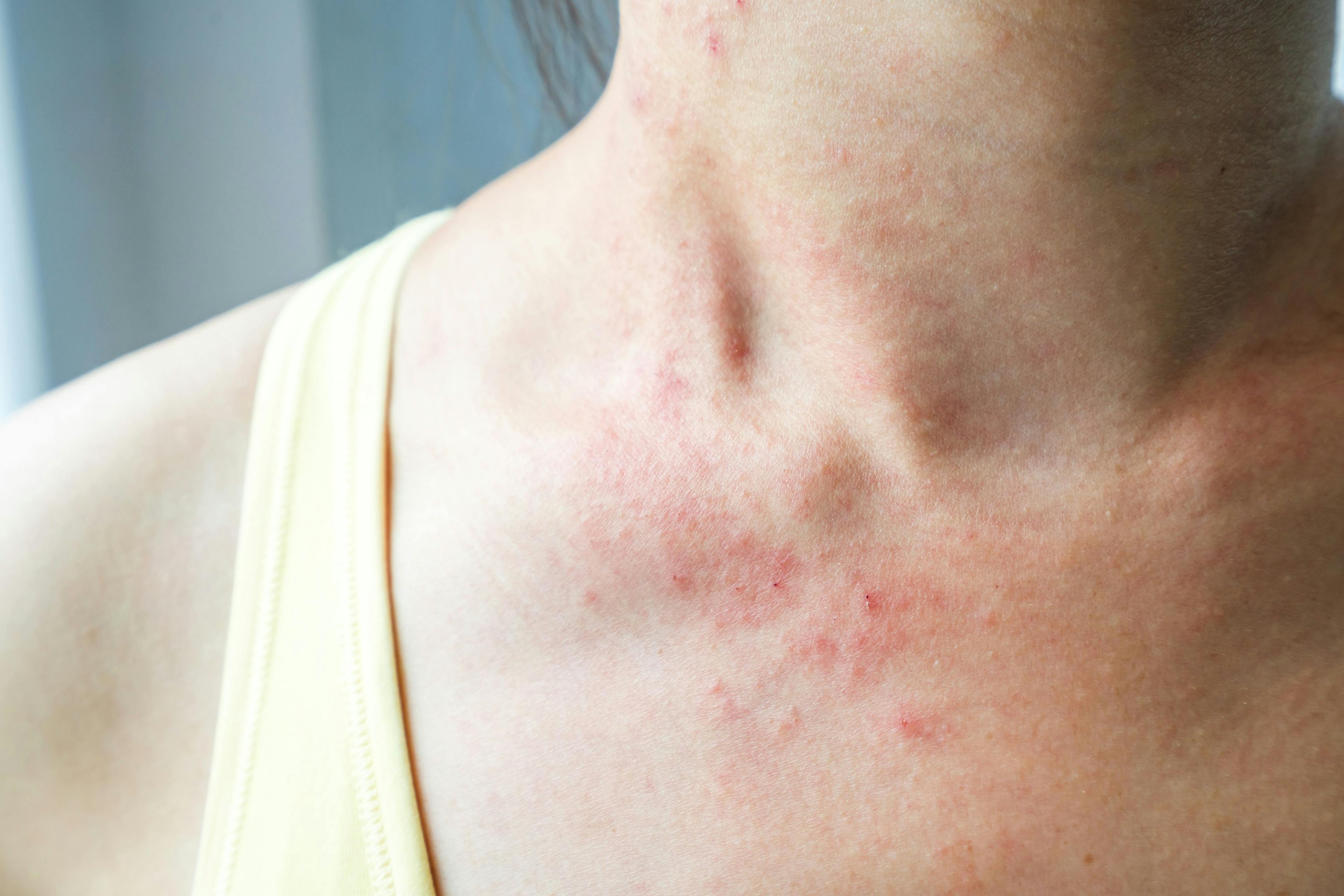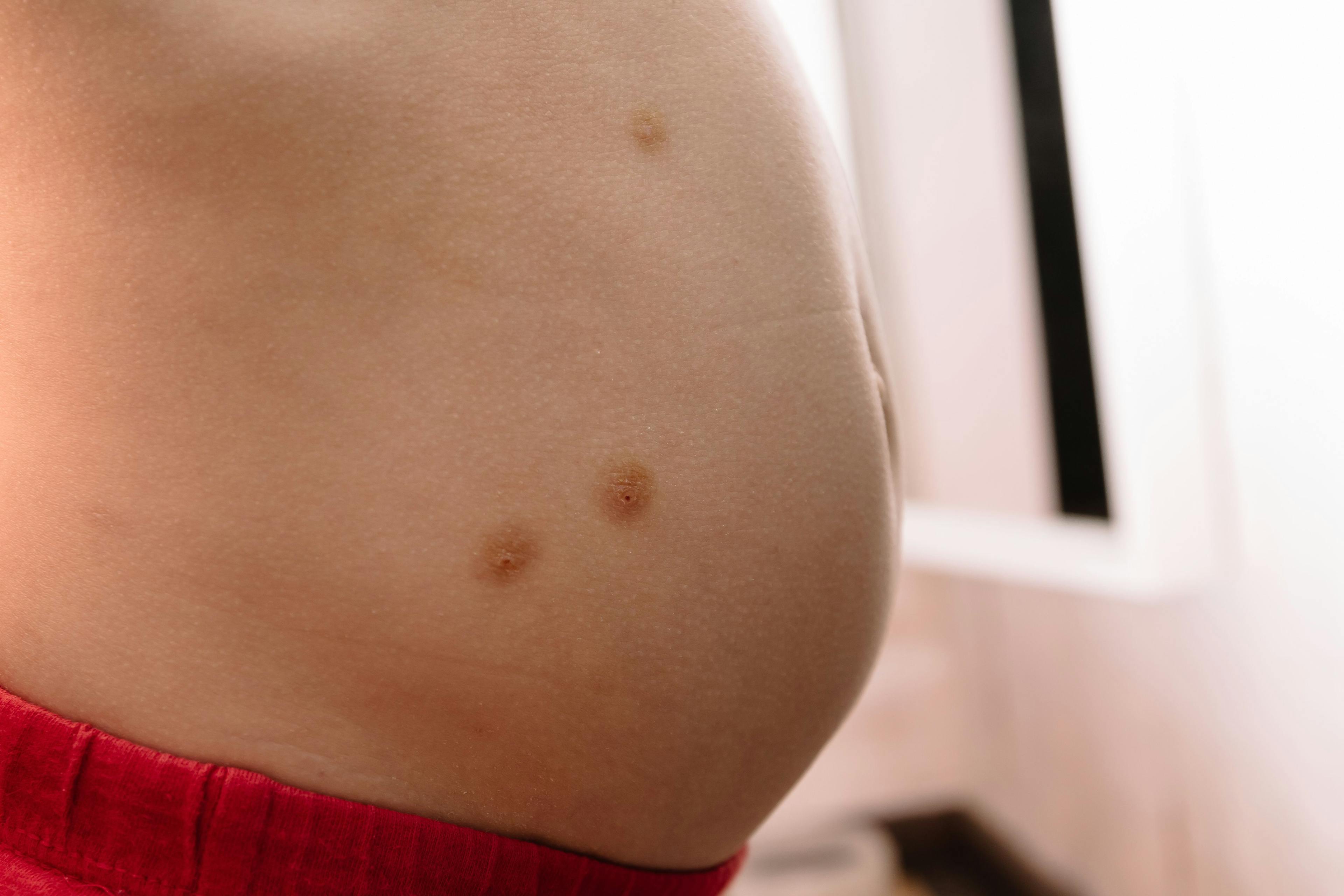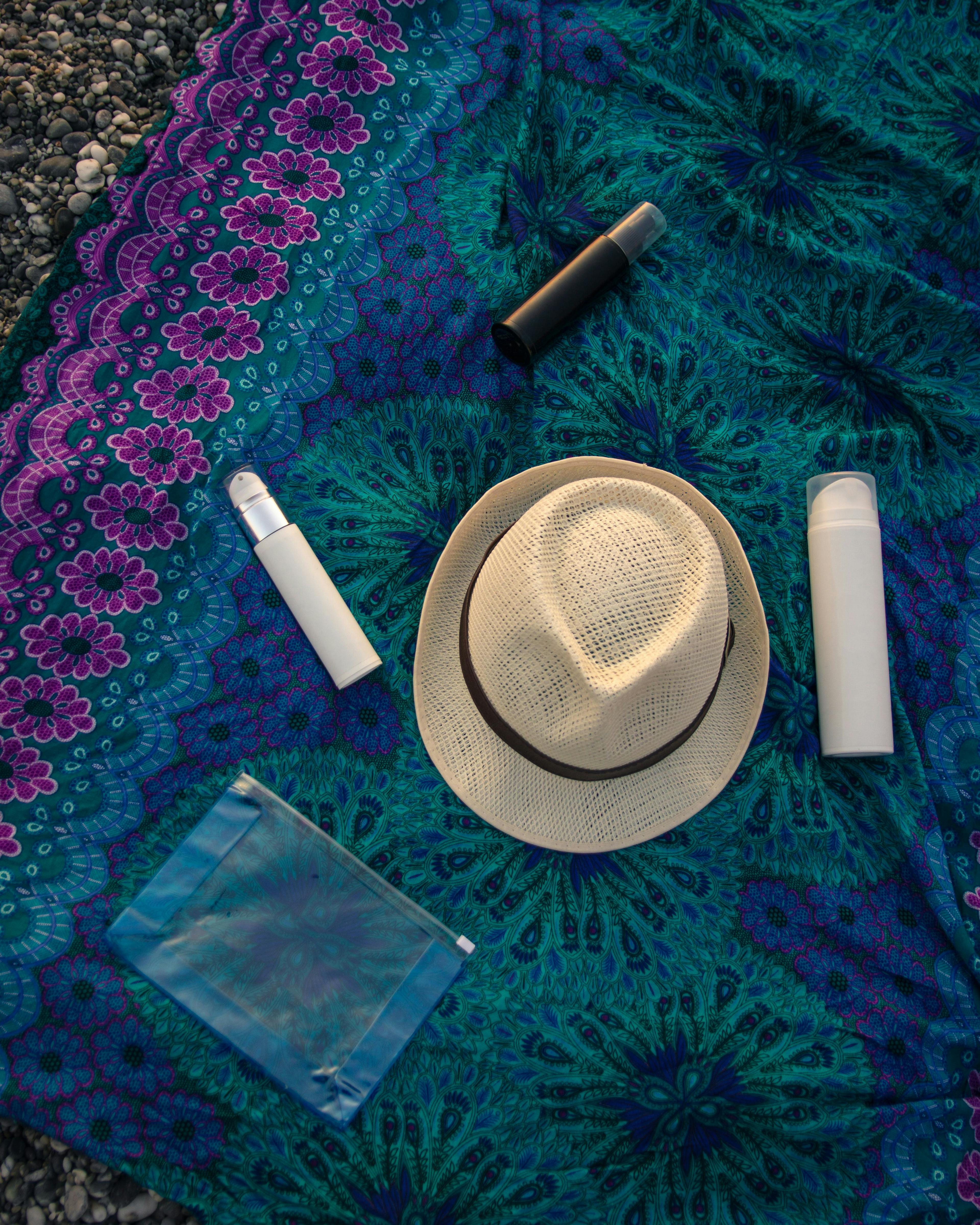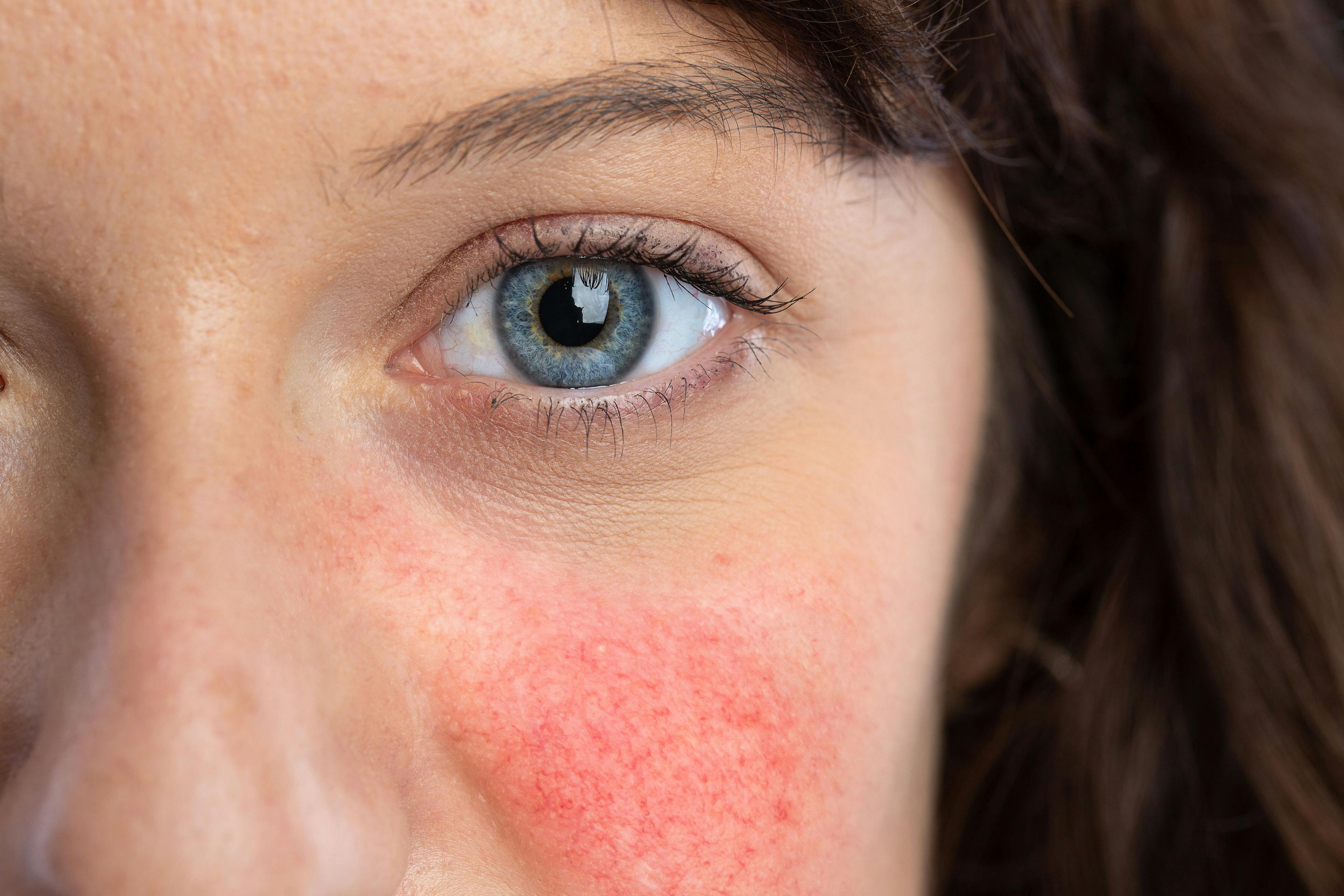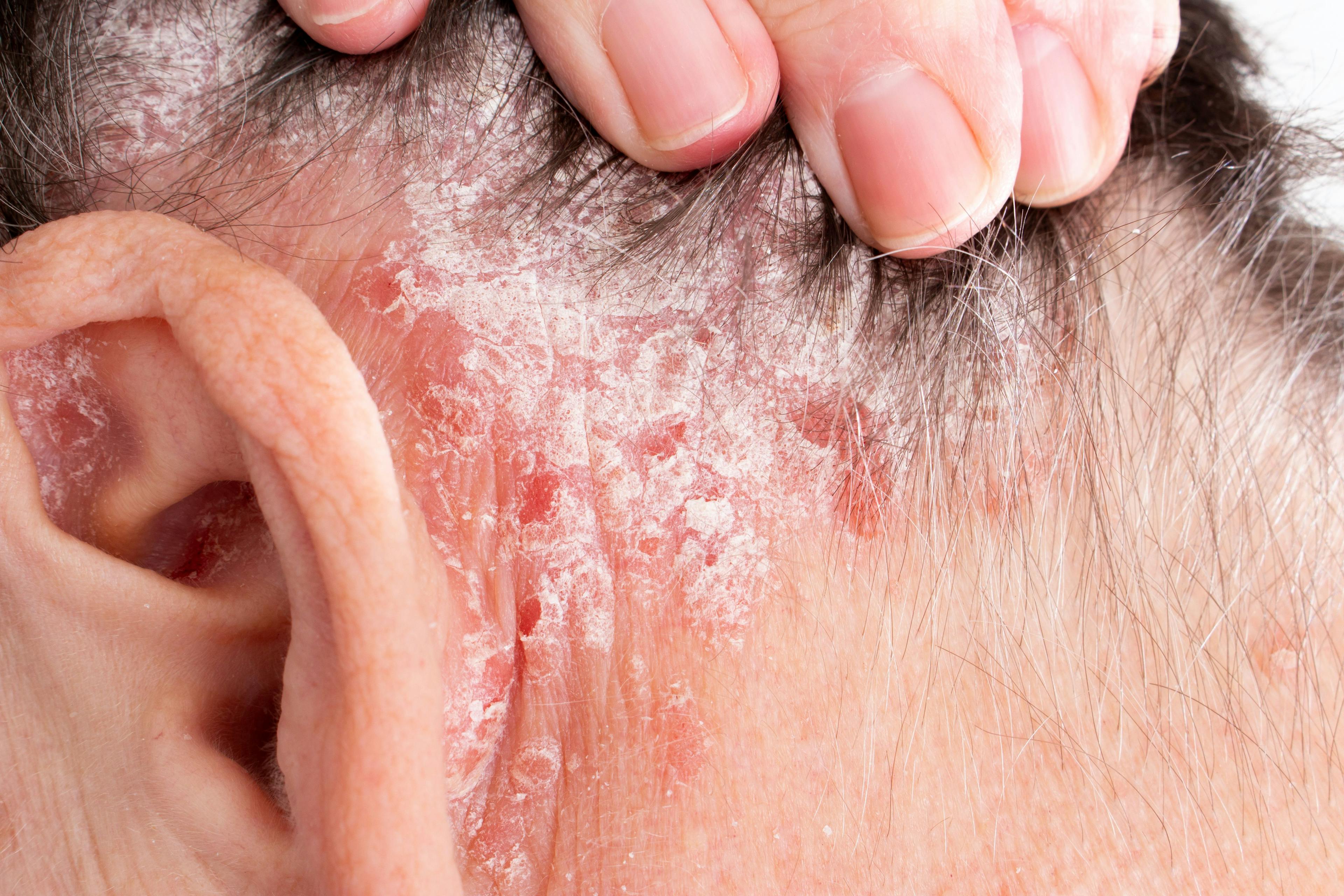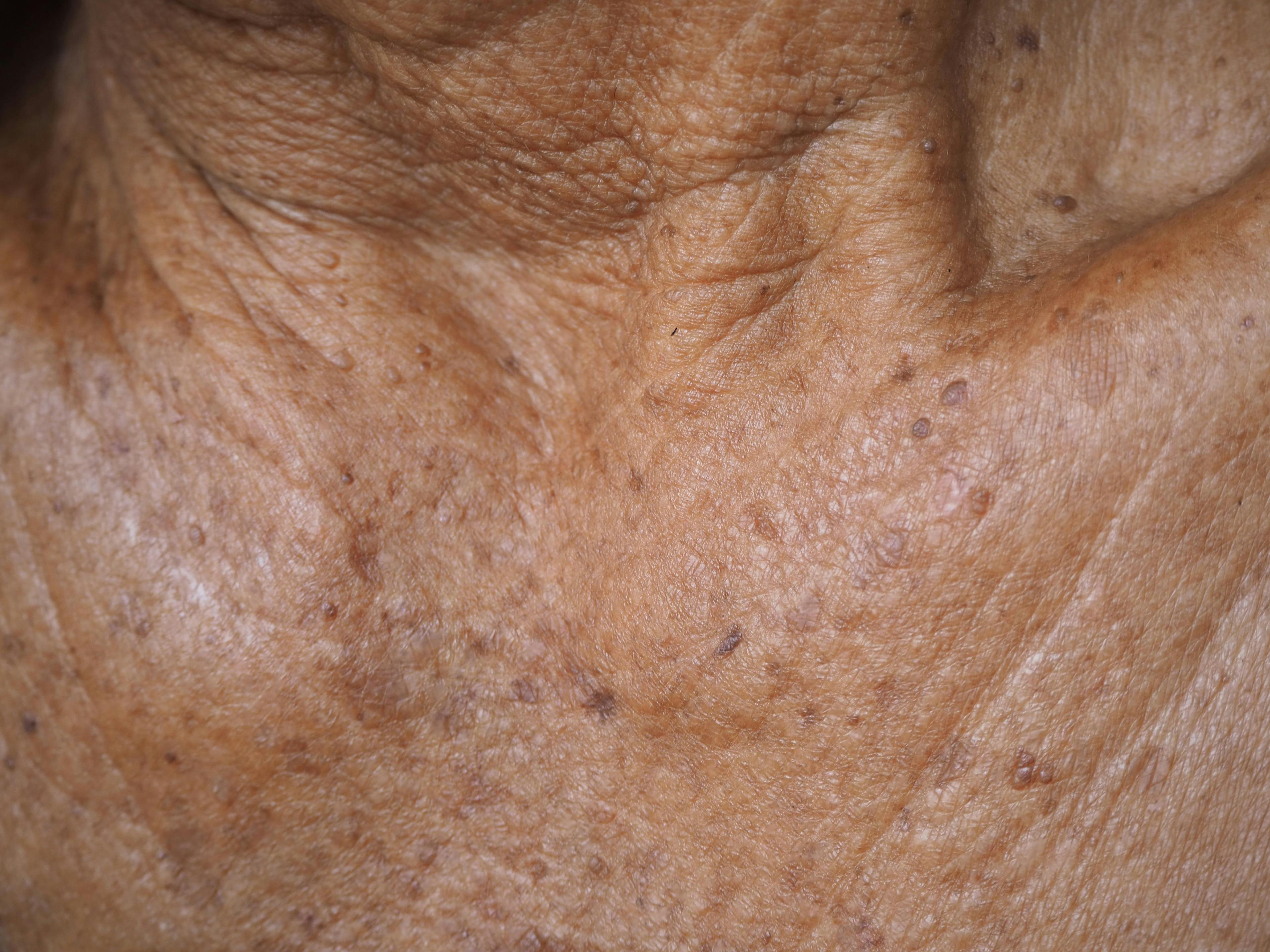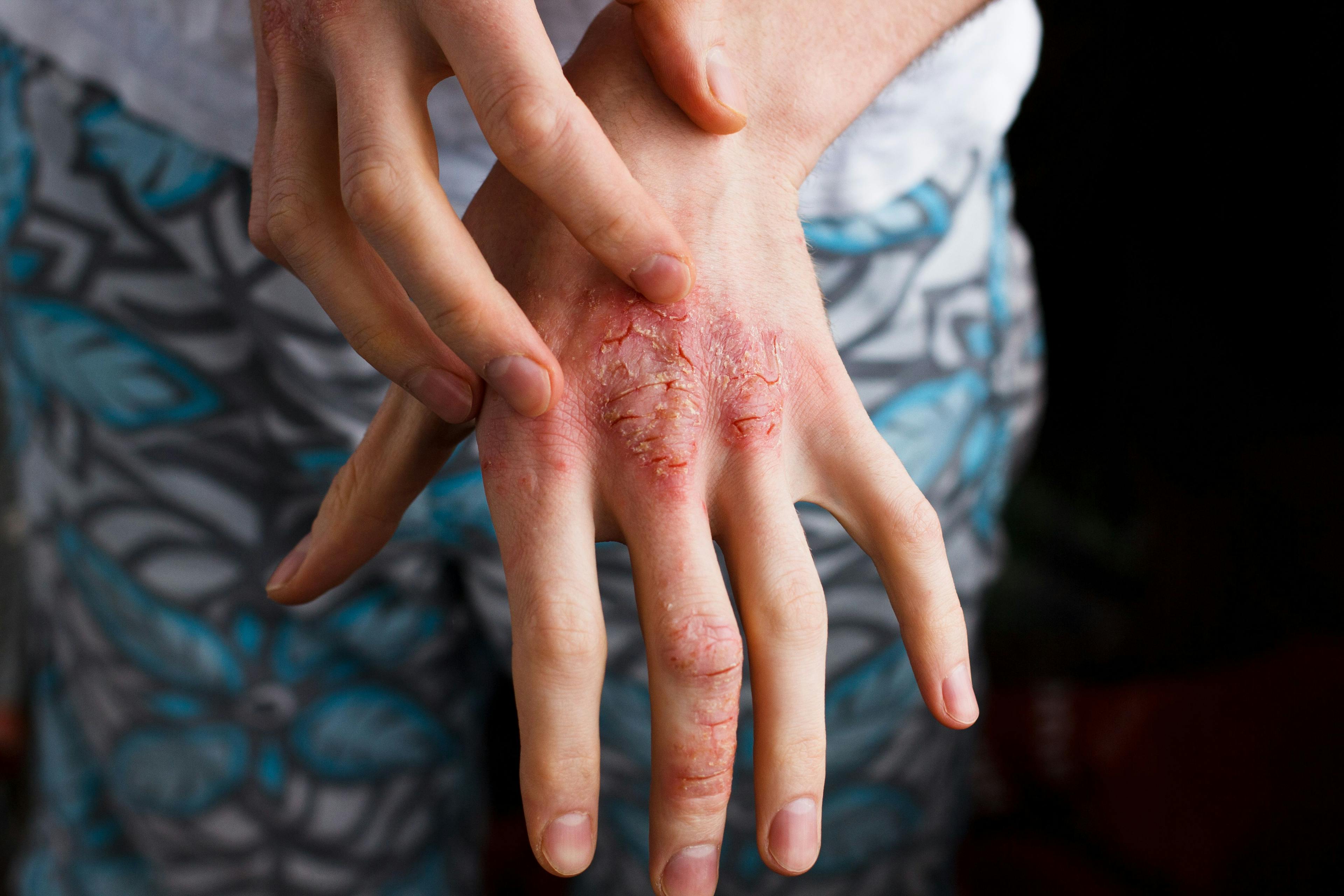- Acne
- Actinic Keratosis
- Aesthetics
- Alopecia
- Atopic Dermatitis
- Buy-and-Bill
- COVID-19
- Case-Based Roundtable
- Chronic Hand Eczema
- Chronic Spontaneous Urticaria
- Drug Watch
- Eczema
- General Dermatology
- Hidradenitis Suppurativa
- Melasma
- NP and PA
- Pediatric Dermatology
- Pigmentary Disorders
- Practice Management
- Precision Medicine and Biologics
- Prurigo Nodularis
- Psoriasis
- Psoriatic Arthritis
- Rare Disease
- Rosacea
- Skin Cancer
- Vitiligo
- Wound Care
Publication
Article
Dermatology Times
Psoriasis Updates: Comparing IL-23 and IL-17 Inhibitors, TNF Blockers
Author(s):
Factors include extent of disease, the latest findings on agents’ efficacy, and even patient weight.
Maximizing outcomes for patients with psoriasis requires case- specific considerations, Bruce E. Strober, MD, PhD, cofounder of Central Connecticut Dermatology, Cromwell, said during his presentation at the Maui Derm NP + PA Fall 2021 conference.1 Strober is also a clinical professor of dermatology at Yale University in New Haven, Connecticut.
Before a regimen is prescribed, a patient should be classified as a candidate for either topical or systemic therapy. The latter patients meet the following criteria:
- Affected body surface area (BSA) greater than 10%
- Disease involving particular areas, including the face, feet, and genitals
- Failure of topical therapy
Currently, there are 3 approved IL-23 inhibitors: risankizumab-rzaa (Skyrizi; Boehringer Ingelheim and AbbVie), guselkumab (Tremfya; Janssen Biotech, Inc), and tildrakizumab-asmn (Ilumya; Sun Pharma). The 3 approved IL-17 inhibitors are secukinumab (Cosentyx; Novartis), ixekizumab (Taltz; Eli Lilly and Company), and brodalumab (Siliq; Ortho Dermatologics). There is also an oral phosphodiesterase-4 inhibitor called apremilast (Otezla; Amgen) approved by the FDA.
In findings from recent studies, secukinumab showed rapid early-onset efficacy, Strober said; however, IL-23 inhibitors demonstrated greater long-term efficacy after 1 year.
“The points are very simple,” he said. “And that is early on, secukinumab is as fast [as] or maybe even a little faster than the IL-23 inhibitors as a group. But over the long haul, IL-23 numbers show better sustained efficacy.”
Additionally, he said, tumor necrosis factor (TNF) inhibitors are, in his opinion, as efficacious as IL-17 inhibitors for psoriatic arthritis.
However, they do not exhibit the same skin clearance as either IL-23 or IL-17 inhibitors.
“In 2021, if you have a patient with psoriasis and psoriatic arthritis, I’d like to see you consider more an IL-17 inhibitor and perhaps an IL-23 inhibitor, but not a TNF blocker, because we really want the skin to get better as well, and IL-17 and IL-23 work better in the skin,” Strober said.
He emphasized that most comparison studies use secukinumab as the comparator. Notably, he said, if ixekizumab was used as the comparator, it would outperform secukinumab, making this IL-17 inhibitor more competitive.
During his presentation, Strober also dis- cussed a change in secukinumab dosing. Investigators compared giving the drug every 2 weeks vs every 4 weeks, after 5 induction doses for 16 weeks in patients weighing 198 lbs or more, according to Strober. This was done to allow flexibility in dosage for patients weighing 200 lbs or more, in whom secukinumab is less effective.
“This tells you that, essentially, secukinumab can be converted, as I like to say, to ixekizumab when you give it every 2 weeks in patients weigh- ing around 200 lbs or more, and I think this will be an updated part of the label on secukinumab in the coming year,” Strober concluded.
Reference:
1. Strober B. Psoriasis and Psoriatic Arthritis 2021. Session presented at: Maui Derm NP+PA Fall 2021 conference Program; September 30, 2021; Accessed September 30, 2021. Asheville, North Carolina.
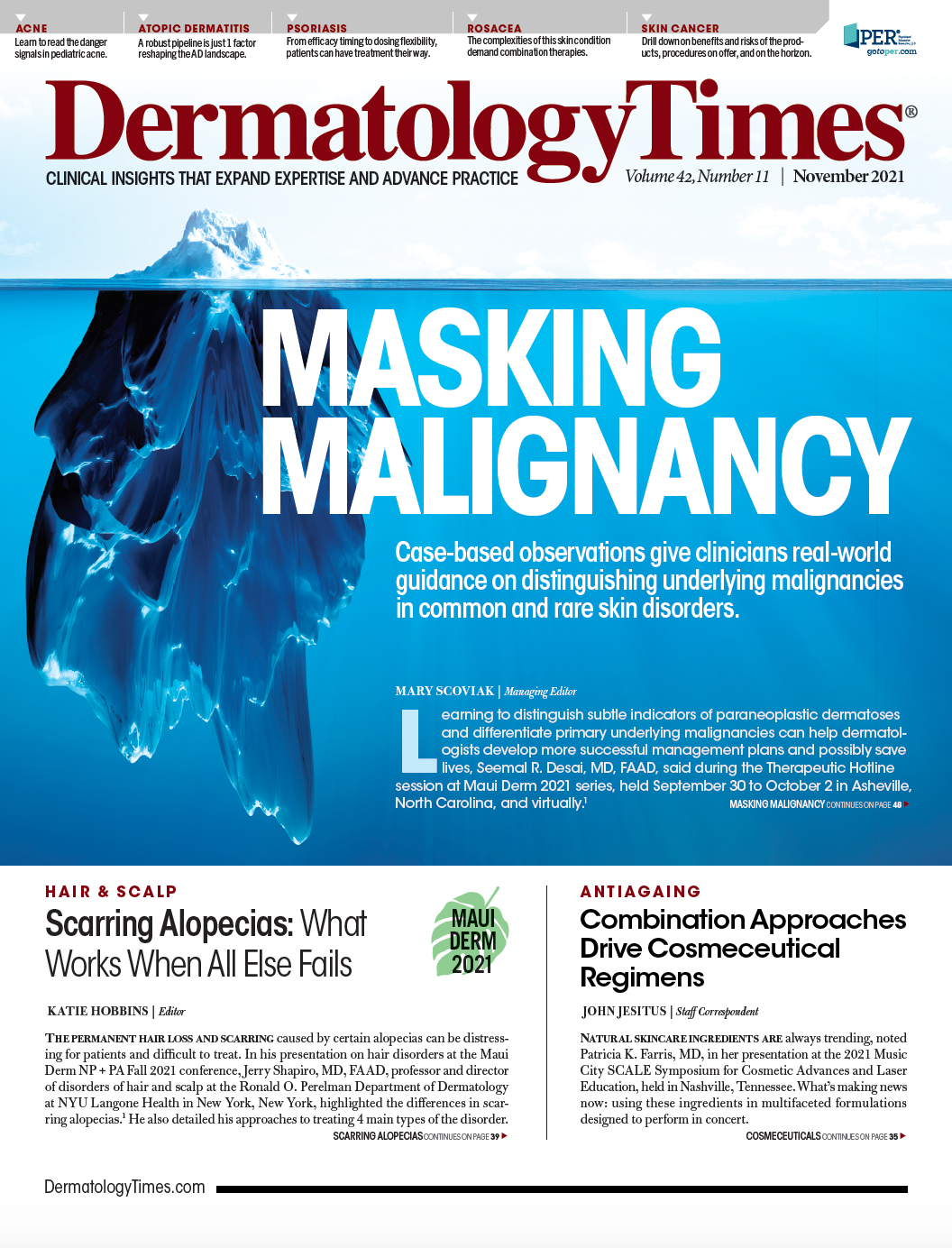
Newsletter
Like what you’re reading? Subscribe to Dermatology Times for weekly updates on therapies, innovations, and real-world practice tips.



